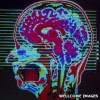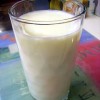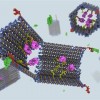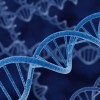Recycled DNA
 The majority of our DNA does not code for protein or RNA and does not seem to regulate how the information is used. Sometimes referred to as “junk” DNA, these regions make up about 98.5 % of our genome. Is this DNA really junk?
The majority of our DNA does not code for protein or RNA and does not seem to regulate how the information is used. Sometimes referred to as “junk” DNA, these regions make up about 98.5 % of our genome. Is this DNA really junk?
Scientists have recently identified a section of “junk” DNA that can regain function and cause disease. The section of DNA is made of repeat regions of the same sequence. They found that individuals who have 1-10 repeats on the end of chromosome 4 can develop one of the most common forms of muscular dystrophy, FSHD. The goal now is to identify a way to turn off this once non-functioning gene.
One of the important insights from the resurrection of this gene is that although some diseases can be easily explained, others result from very complicated cellular interactions. What other information will our “junk”DNA reveal in the future?
To learn more about the effects of this gene being turned on read the paper published in Science: http://www.sciencemag.org/cgi/rapidpdf/science.1189044.pdf
| Print article | This entry was posted by Erin McKechnie on August 25, 2010 at 2:55 pm, and is filed under DNA From The Beginning. Follow any responses to this post through RSS 2.0. You can skip to the end and leave a response. Pinging is currently not allowed. |









